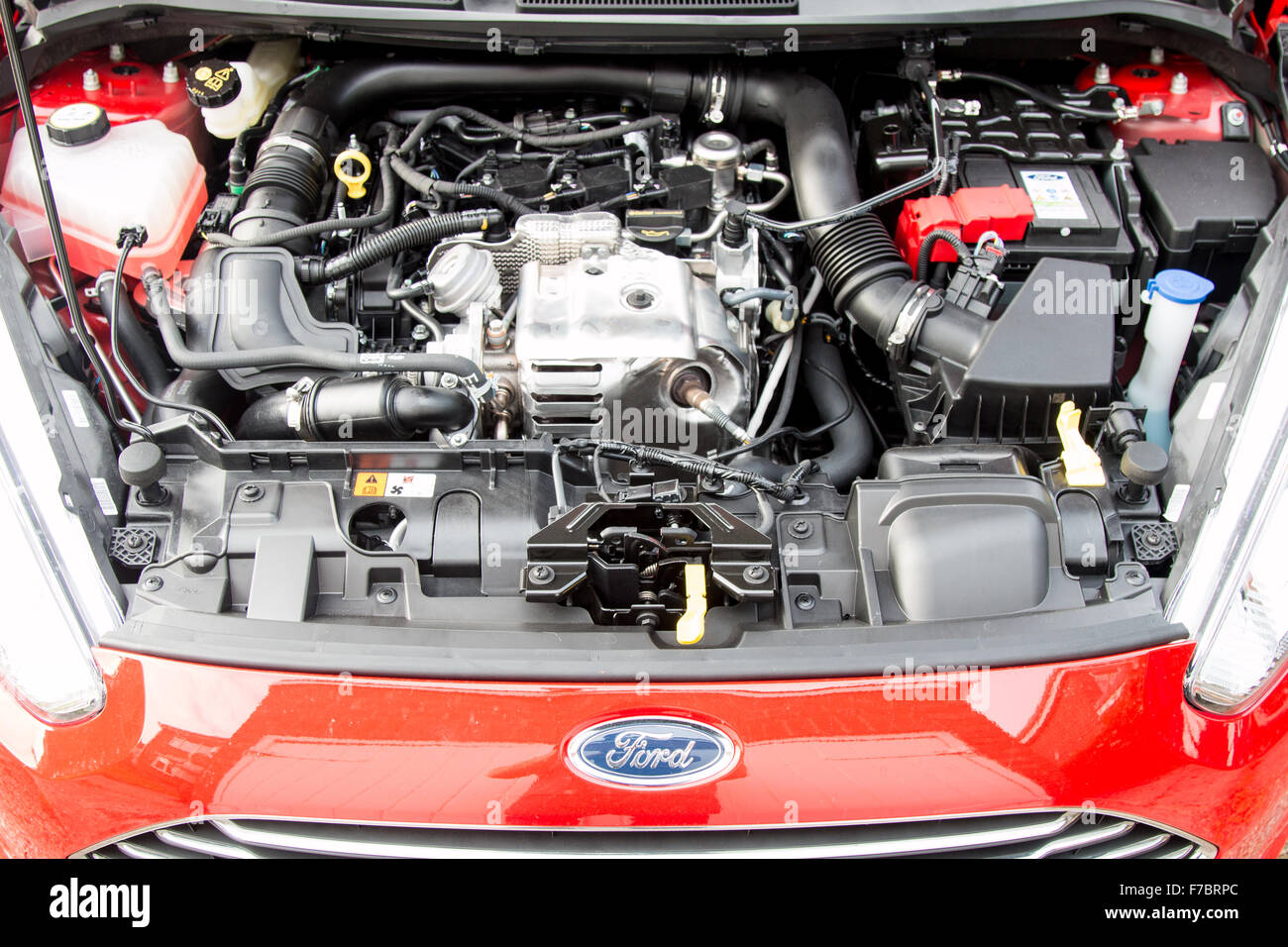Troubleshooting Ford Fiesta Engine Problems: What You Need to Know
Troubleshooting Ford Fiesta Engine Problems: What You Need to Know
Blog Article
Discovering the Development of Engines: From Timeless Layouts to Modern Marvels
From the preliminary steam engines that powered the Industrial Transformation to the introduction of inner burning engines that transformed flexibility, each stage has actually added to greater effectiveness and capability. As we analyze these turning points, one have to take into consideration how the future of engine style might unfold, testing our understandings of power and performance.
The Birth of Engine Innovation
The introduction of engine innovation noted an essential moment in human advancement, transforming power conversion and transport. The earliest engines arised from the requirement to harness mechanical power for useful usage, leading to the development of tools that transformed various energy types into activity (ford fiesta engine).
The advancement of the interior burning engine and the development of the steam engine catalyzed an extensive change in industrial abilities. These engines not just improved performance yet likewise broadened the range of human mobility, making it possible for unprecedented transport opportunities. The very early prototypes laid the foundation for the mechanized world, helping with the surge of markets and improving societal structures.
As engine layouts progressed, they integrated ingenious materials and advanced engineering principles, leading the method for contemporary advancements - ford fiesta engine. The birth of engine modern technology ignited a ruthless pursuit of effectiveness and power, establishing the phase for the dynamic development of transport and commercial equipment that would comply with
Steam Engines and Their Impact

The steam engine's impact was specifically obvious in the transportation market (ford fiesta engine). Steam-powered locomotives helped with the fast activity of items and people across large ranges, successfully diminishing the geographical barriers that had actually previously impeded trade and interaction. Steamships reinvented maritime travel, permitting for quicker and much more dependable crossings of oceans and rivers.
In sector, vapor engines powered factories, making it possible for mass manufacturing and the surge of urban centers as hubs of economic activity. Heavy steam modern technology cultivated advancements in design and manufacturing processes, laying the groundwork for future advancements in engine layout.
The Surge of Interior Combustion
Frequently overshadowing vapor power, the surge of internal combustion engines noted a transformative change in transport and sector during the late 19th and early 20th centuries. The advancement of these engines, characterized by their ability to shed gas within the engine itself, enabled higher effectiveness and power contrasted to traditional steam engines. Pioneering creators such as Nikolaus Otto and Rudolf Diesel played important functions in perfecting engine layouts, causing prevalent adoption in vehicles, boats, and industrial machinery.
The interior combustion engine's compact size and reasonably light-weight nature facilitated the emergence of individual lorries, changing individual flexibility and improving urban landscapes. By enabling faster travel and the effective transportation of products, these engines catalyzed economic growth and promoted globalization. The adaptability of fuel alternatives, important source consisting of gasoline and diesel, better boosted their appeal, allowing for diverse applications throughout different sectors.
Regardless of the environmental issues that would later arise, the preliminary allure of inner burning technology stocked its transformative potential. As culture embraced this advancement, the structure was laid for modern-day transportation systems, developing interior combustion engines as a cornerstone of commercial improvement and day-to-day life throughout the 20th century.
Innovations in Engine Effectiveness
As internal burning engines came to be indispensable to transport and market, the emphasis shifted towards enhancing their efficiency to satisfy expanding demands for efficiency and sustainability. Innovations in engine design, material scientific research, and innovation have significantly contributed to this advancement.
One major development is the development of turbocharging, which enables increased air intake, resulting in even more complete fuel combustion and enhanced power output without expanding engine size. Additionally, variable valve timing systems have been executed to optimize engine efficiency across various RPM arrays, thus enhancing fuel efficiency.
The usage of advanced gas injection innovations, such as straight shot, has likewise played a vital duty. This approach enables even more specific control over the fuel-air combination, advertising far better burning and lowering discharges. Light-weight materials, consisting of aluminum and composite components, have been adopted to minimize total engine weight, leading to enhanced efficiency.
These innovations show a wider fad within the automotive market, where the harmony in between design technology and environmental factors to consider drives the continuous pursuit for higher effectiveness in inner combustion engines. Consequently, modern-day engines are currently much more effective, cleaner, and efficient than ever before, leading the way for a much more sustainable future in transportation.
The Change to Electric Power
With growing problems over environmental influence and nonrenewable fuel source dependency, the auto sector is experiencing a substantial change in the direction of electrical power. This transition is driven by a mix of technical developments, regulatory stress, and altering consumer choices. Electric vehicles (EVs) provide a compelling choice to traditional interior combustion engines, flaunting minimized greenhouse gas discharges and reduced site link operating expense.
The increase of battery innovation has actually been a game changer, with lithium-ion batteries coming to be more reliable and cost-efficient. Improved power thickness and faster charging capabilities have made EVs extra practical for daily use. Federal governments worldwide are executing incentives and establishing enthusiastic targets for phasing out fossil fuel automobiles, consequently accelerating the fostering of electrical power.
As charging facilities expands and battery modern technology proceeds to enhance, the change to electric power is positioned to reshape the vehicle landscape, promoting sustainability and technology in the look at here years to come. The future of transportation is electric, and the momentum is obvious.
Final Thought
The development of engine modern technology represents a significant trajectory of technology that has actually greatly influenced transport and industry. From the fundamental heavy steam engines to the transformative inner burning engines, each growth has actually contributed to boosted mobility and economic growth.

Report this page